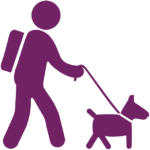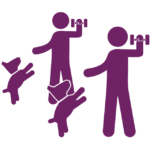PRIVATE DOG
TRAINING
Address Unwanted Ones
Eager to learn how to potty train a puppy or dog ASAP?
Follow the tips below to teach your dog where to eliminate and end accidents in your house.
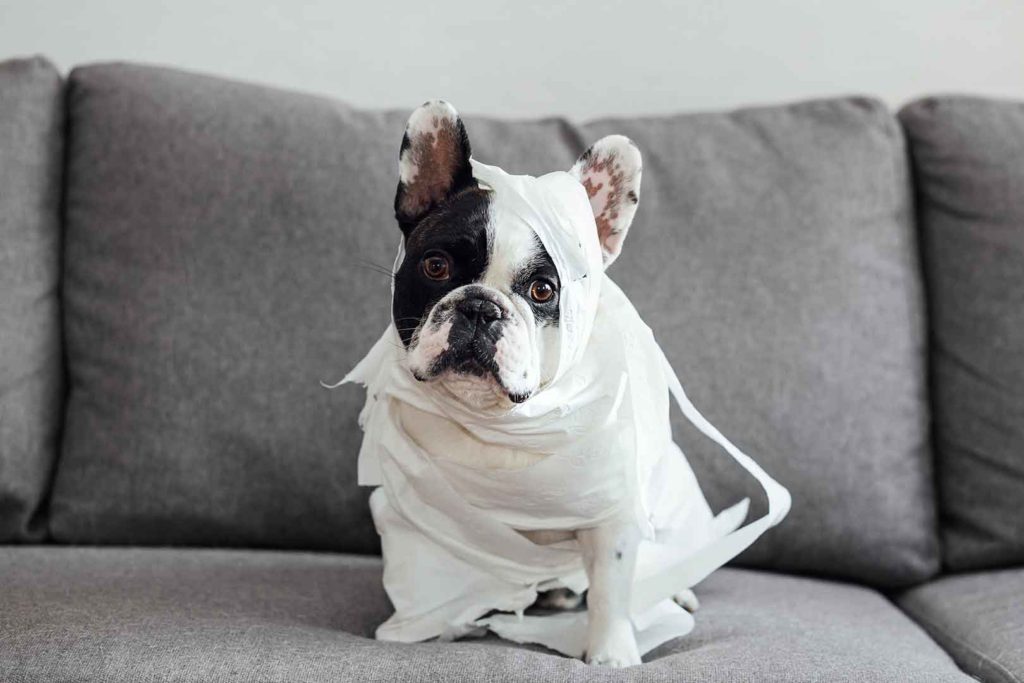
Don’t lose hope if you have an older dog though!
Despite what it may seem like,
They just may not know where you would like them to “go”, the bed was soft like their pee pad (more on this later), or there could be another problem contributing to their accidents.
Here are a few things to consider when potty training your puppy or dog:
Old(er) dogs can learn new tricks! If you rescue or adopt an older dog, one older than 6 months and new to you, potty train them just like you would a young puppy.
If you move to a new home, be prepared to re-potty train your dog just like you would potty train a puppy. Help them adjust to the different doors, different designated potty spots, etc.
A dog with health problems may not be able to control their bladder or bowels. Other medical problems to consider if your puppy or dog is having accidents: worms, urinary tract infections, food allergies, SIBO, EPI, and anxiety. If your previously potty-trained dog is having accidents or their urine is dark or stool loose, take them to the vet to make sure they are in great health!
Below are the tools to incorporate when working to potty train a puppy or dog.
Your puppy is a baby, and just like human babies, they go potty a lot.
Of course, with puppies we don’t use diapers, so to be successful,
and immediately after each of the following:

Waking Up For The Day

Getting Up From A Nap

Being In A Crate

Playing

Eating

Drinking

Actively Sniffing

Training
Pee pads teach your dog to go potty on soft and absorbent things, and in their minds, your bath mat, carpet, or area rug may not be any different than pee pads.
A crate can help with potty training but is not necessary.
Play with where you feed your puppy to reduce accidents because
If you catch your puppy in the act of eliminating in the house, make a sudden noise to stop them (you yourself are not trying to scare them but are “accidentally” dropping a book in the corner of the room, far from your puppy, etc) and then immediately take your puppy outside to their designated spot. Praise and reward immediately after they finish eliminating.
Never punish your dog for accidents. It is counterproductive, often teaches your dog some other unwanted behaviors, and could damage your relationship with them. For example, if you rub your dog’s nose in their urine, yell, swat or berate them, your dog will just learn to avoid eliminating near you. This will lead to your dog refusing to “go” when you take them out for a walk, and then sneaking off to “go” in another room, away from you. If your dog is having accidents, then you need to problem solve and make it easier for your puppy to understand what is rewarding in regards to going potty. Check your current schedule, set up, etc, and adjust where necessary.
As you navigate potty training your puppy, they may still have accidents in your home from time to time. How you clean these up can help reduce the likelihood they return to eliminate there again.
You may think you’re removing or masking the odor, but your dog has a much more developed sense of smell, and soap and/or other cleaning products will not suffice.
Clean up all accidents with an enzyme cleaner, such as Nature’s Miracle, to remove all smells (any lingering odor encourages your dog to continue to mark that location).
If your dog continues to have accidents inside or has coprophagia (stool eating), do not allow them to see you cleaning up feces or urine. This is true for both accidents and routine clean-up.
Keep an elimination schedule. This could make or break if/when you have success potty training your dog and everyone in the household needs to fill it out.
Take detailed notes to help potty train your puppy! Check out the printable Elimination Schedule available below.
Feed your dog on a schedule. Most adult dogs are fed twice a day. Puppies may be fed as much as 4 times a day, depending on age. Most dogs eliminate about 20 minutes after a meal, plus or minus. Puppies may eliminate immediately after eating or drinking.
No matter what your day-to-day schedule is, try to keep the days similar. Don’t have two totally different schedules on weekdays and weekends.
Is your puppy always having an accident in the late afternoon? Are they peeing on the bath mat? Keep an elimination schedule to look for (in)consistencies in where, when, etc. they go potty.

Download or print your own blank Elimination Schedule Worksheet at
feetandpaws.com/Tips-and-Such/Feet-And-Paws-Elimination-Schedule.pdf
I’d love to help. Reach out to schedule your complimentary phone consultation so I can learn a bit more about you, your dog, and what they’re demonstrating when left alone.
Eugene, Oregon & Online
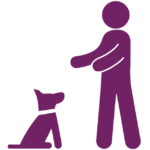
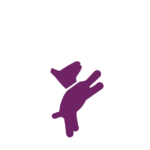
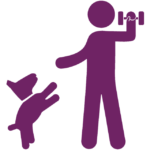
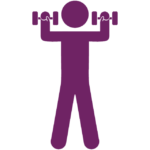
Eugene, Oregon

